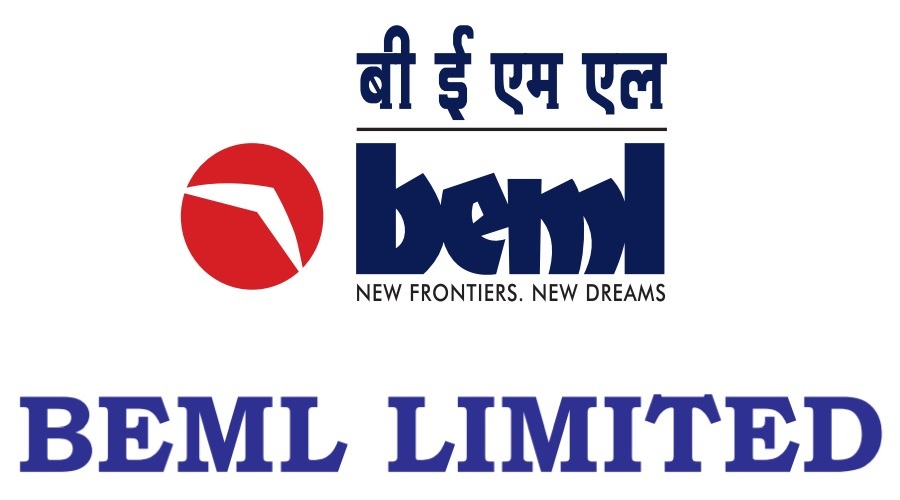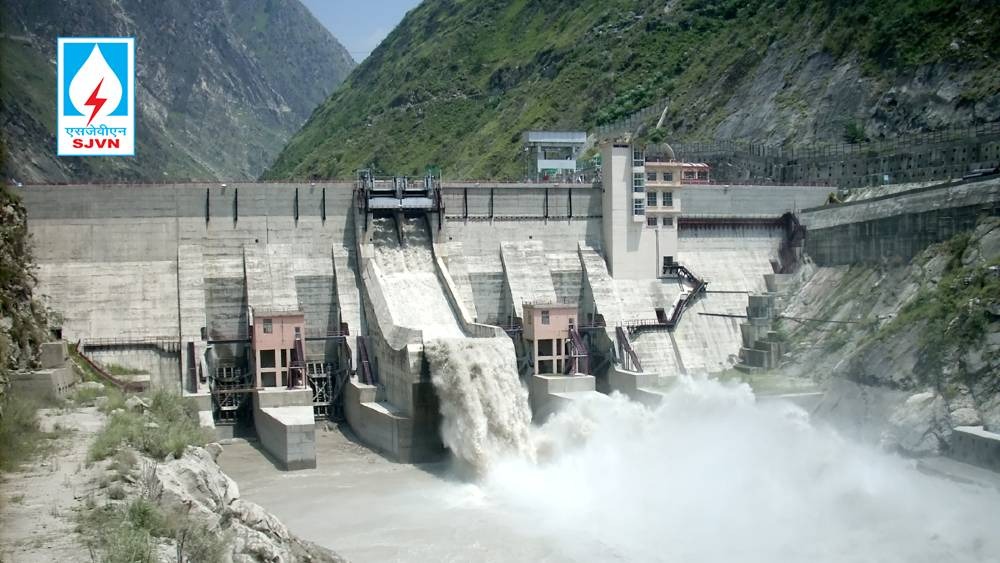 Image Source : Mafatlal Industries Limited
Image Source : Mafatlal Industries Limited
Mafatlal Industries Ltd has reported a consolidated net profit of Rs 457.1 million for the quarter ended June 2025, supported by strong operational performance and sustained demand across its textile and apparel segments. The company also posted consolidated revenue from operations of Rs 12.4 billion, reflecting a healthy year-on-year growth trajectory and improved market penetration.
The results highlight Mafatlal’s strategic focus on product innovation, retail expansion, and operational efficiency, positioning it as a resilient player in India’s textile manufacturing landscape.
Key Highlights From the Quarterly Results
- Consolidated net profit stood at Rs 457.1 million for Q1 FY26
- Revenue from operations reached Rs 12.4 billion
- Gross margins improved due to better product mix and cost control
- The company maintained strong liquidity and low leverage
Revenue Composition and Segment Performance
1. Textile Division
The textile segment remained the primary revenue driver, with strong demand for school uniforms, corporate wear, and specialty fabrics. Mafatlal’s focus on quality and customization helped secure large institutional orders during the quarter.
2. Retail and Apparel
The company’s branded apparel business saw double-digit growth, supported by expansion in Tier-2 and Tier-3 cities. New product launches and seasonal collections contributed to higher footfall and conversion rates.
3. Export Business
Mafatlal continued to grow its export footprint, particularly in the Middle East and Southeast Asia. The company’s reputation for durable and eco-friendly fabrics has helped it gain traction in international markets.
Operational Efficiency and Cost Management
- Mafatlal implemented lean manufacturing practices across its Navsari and Nadiad units
- Strategic sourcing and vendor consolidation helped mitigate raw material price volatility
- Automation and digital integration in inventory and supply chain management improved turnaround times and reduced overheads
Financial Strength and Market Position
- The company maintains a conservative capital structure with minimal long-term debt
- Return on equity and operating margins showed sequential improvement
- Market capitalization stands at approximately Rs 8.3 billion, with the stock showing stable performance over the past quarter
Strategic Initiatives and Growth Plans
Mafatlal Industries continues to invest in capacity expansion and brand building. Key initiatives include:
- Launch of new eco-friendly fabric lines targeting institutional and retail buyers
- Expansion of retail footprint through exclusive brand outlets and multi-brand partnerships
- Strengthening digital sales channels and e-commerce integration to reach younger demographics
The company is also exploring strategic collaborations with global fashion houses and textile innovators to enhance its product portfolio and design capabilities.
Industry Outlook and Competitive Landscape
India’s textile and apparel industry is witnessing a revival, driven by rising domestic consumption, export incentives, and increased demand for sustainable fabrics. Mafatlal, with its legacy brand and diversified offerings, is well-positioned to benefit from these trends.
Competition remains intense, with players focusing on pricing, innovation, and distribution. Mafatlal’s emphasis on quality, institutional relationships, and brand equity provides a competitive edge.
Conclusion
Mafatlal Industries has delivered a strong performance in the June quarter, with Rs 457.1 million in profit and Rs 12.4 billion in revenue. The company’s strategic focus on operational excellence, product innovation, and market expansion continues to yield positive results. As demand across textile segments remains robust, Mafatlal is poised to maintain its leadership and drive sustainable growth.
Sources: Economic Times, Business Standard, Moneycontrol
Advertisement
Advertisement





